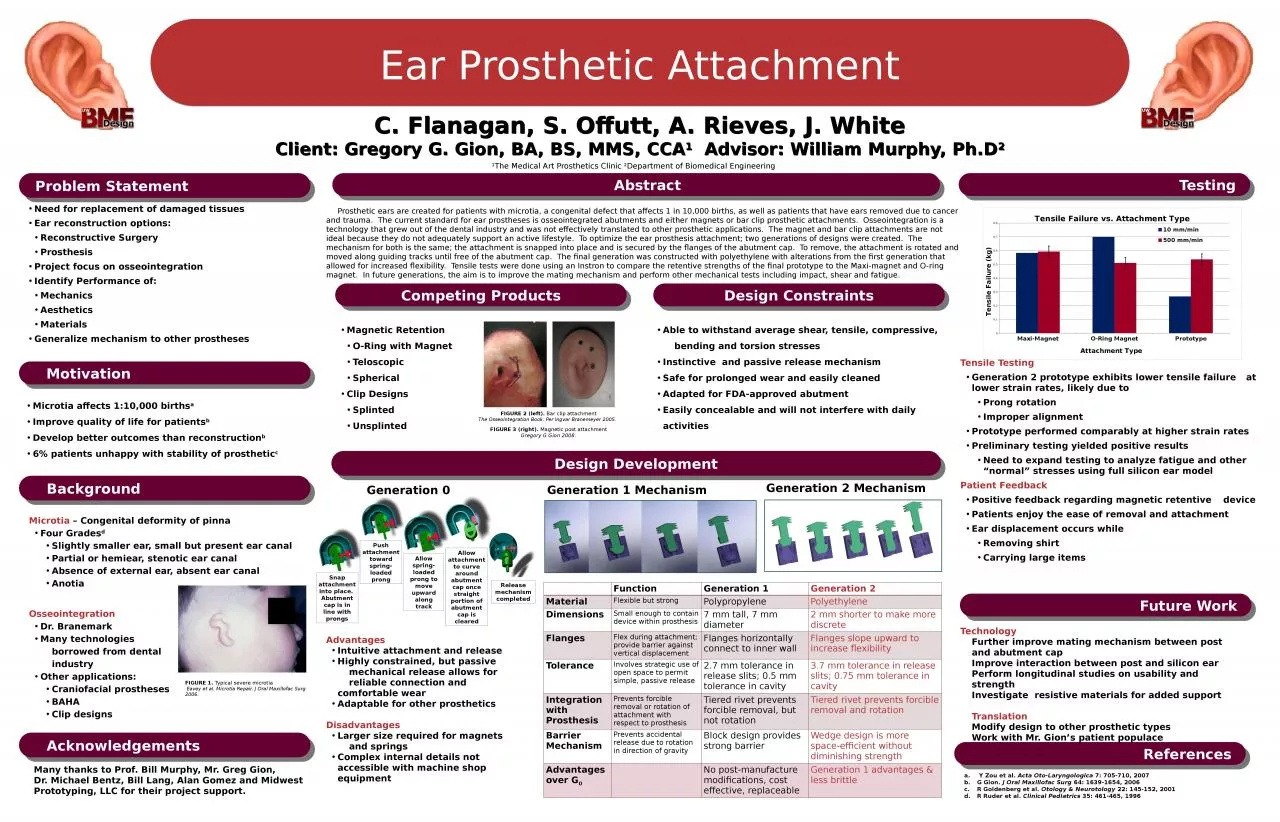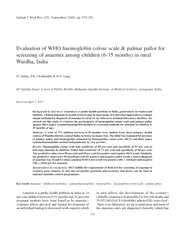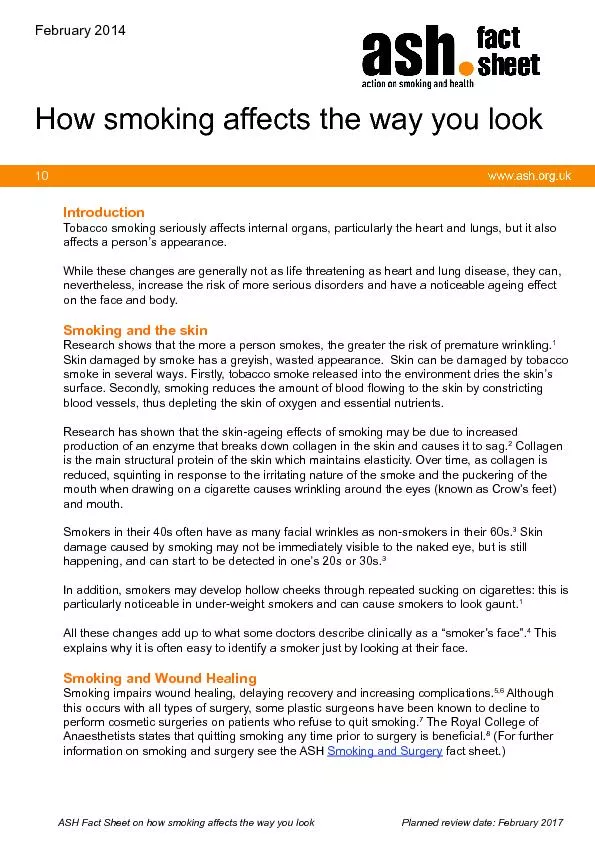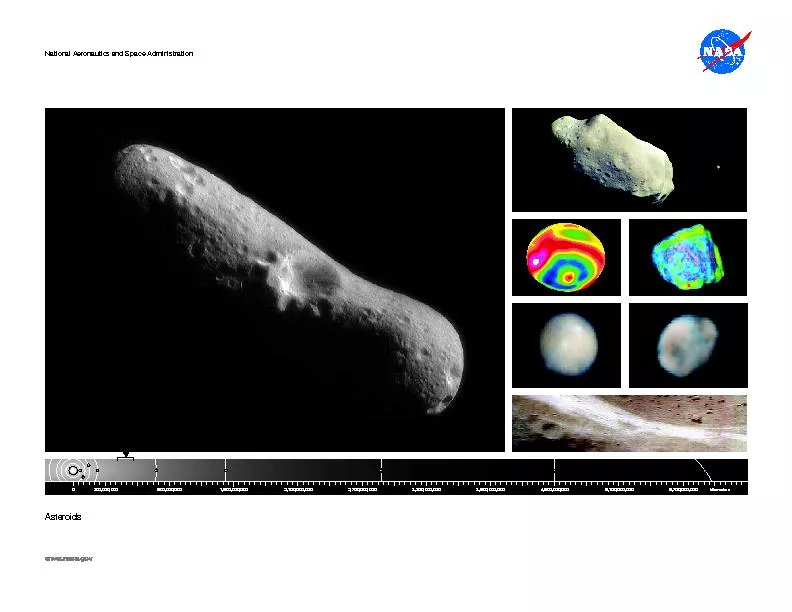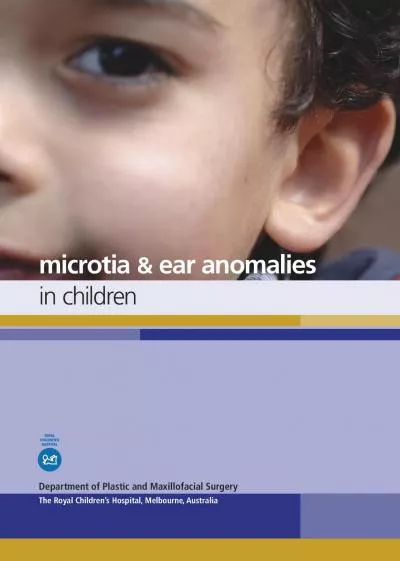PPT-Microtia affects 1:10,000
Author : adia | Published Date : 2022-06-07
births a Improve quality of life for patients b Develop b etter outcomes than reconstruction b 6 patients unhappy with stability of prosthetic c Problem Statement
Presentation Embed Code
Download Presentation
Download Presentation The PPT/PDF document "Microtia affects 1:10,000" is the property of its rightful owner. Permission is granted to download and print the materials on this website for personal, non-commercial use only, and to display it on your personal computer provided you do not modify the materials and that you retain all copyright notices contained in the materials. By downloading content from our website, you accept the terms of this agreement.
Microtia affects 1:10,000: Transcript
Download Rules Of Document
"Microtia affects 1:10,000"The content belongs to its owner. You may download and print it for personal use, without modification, and keep all copyright notices. By downloading, you agree to these terms.
Related Documents

